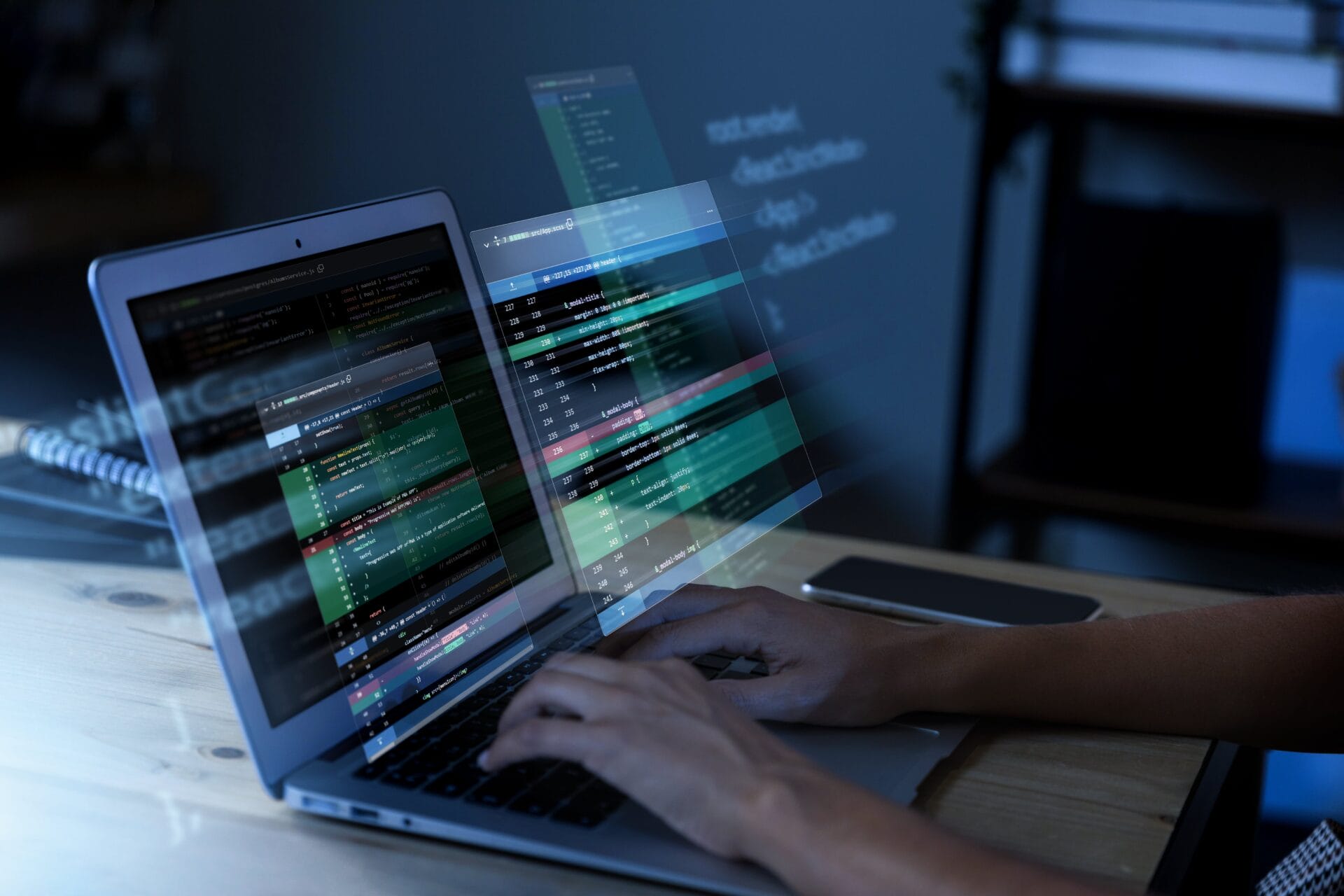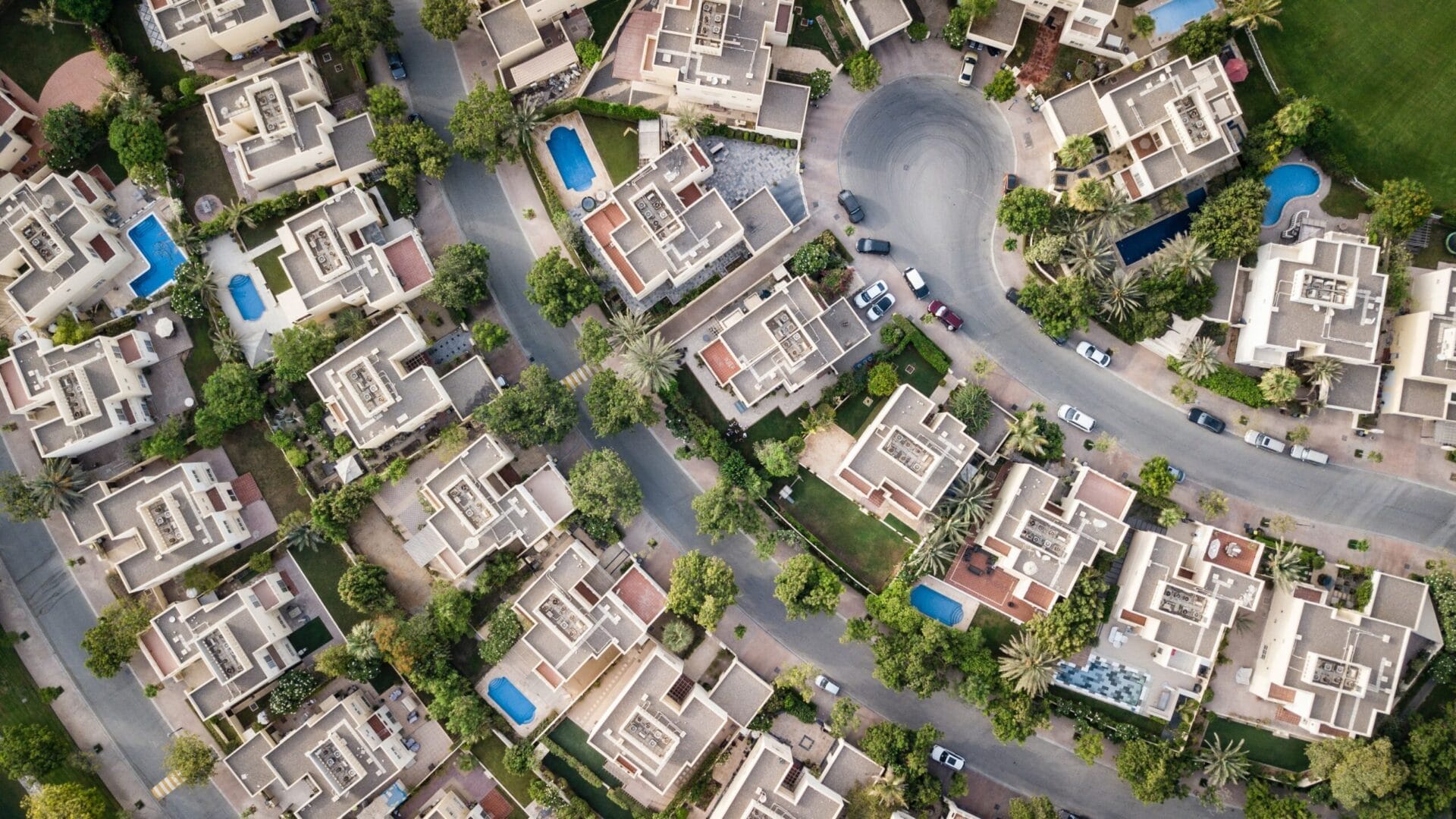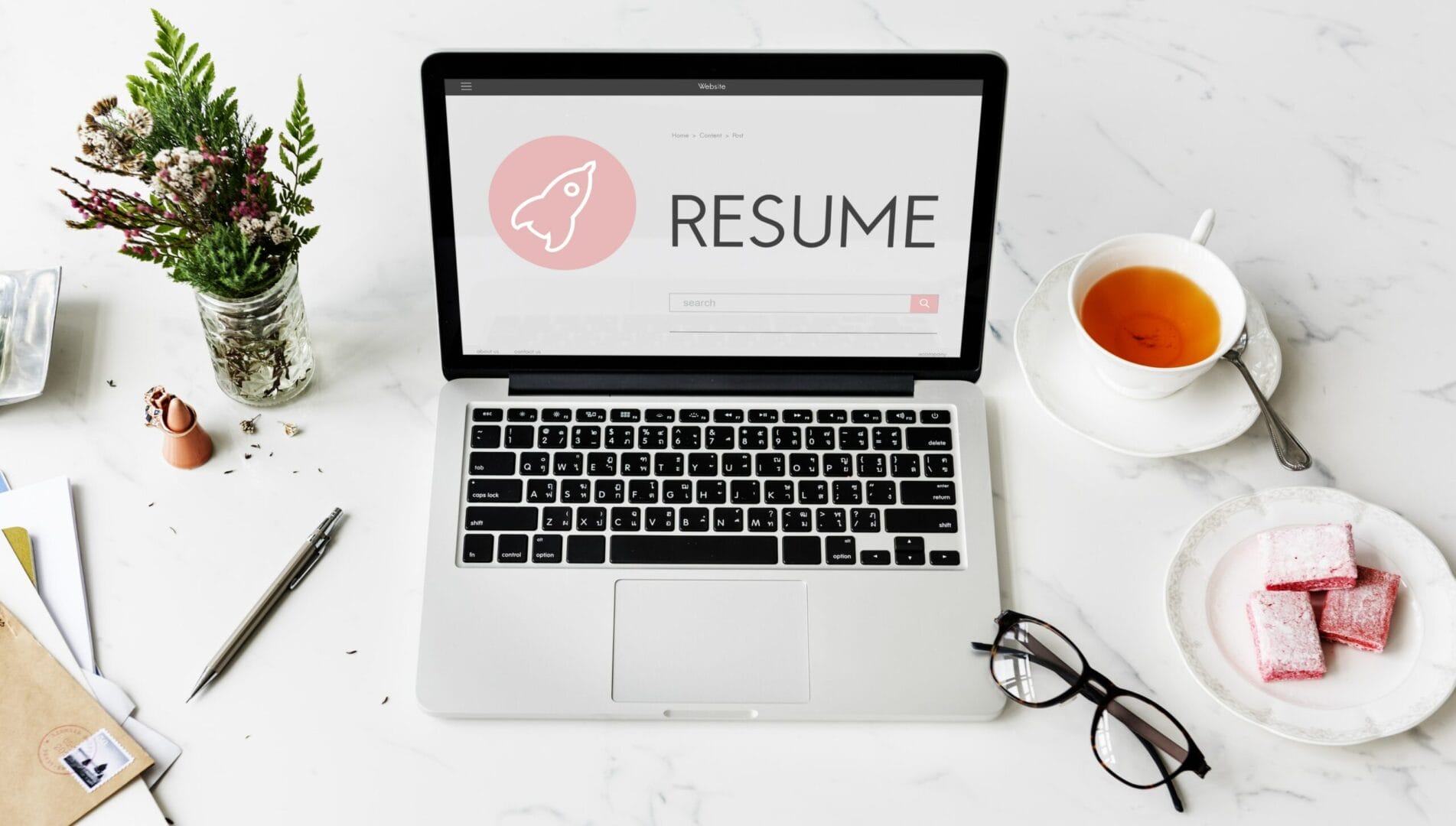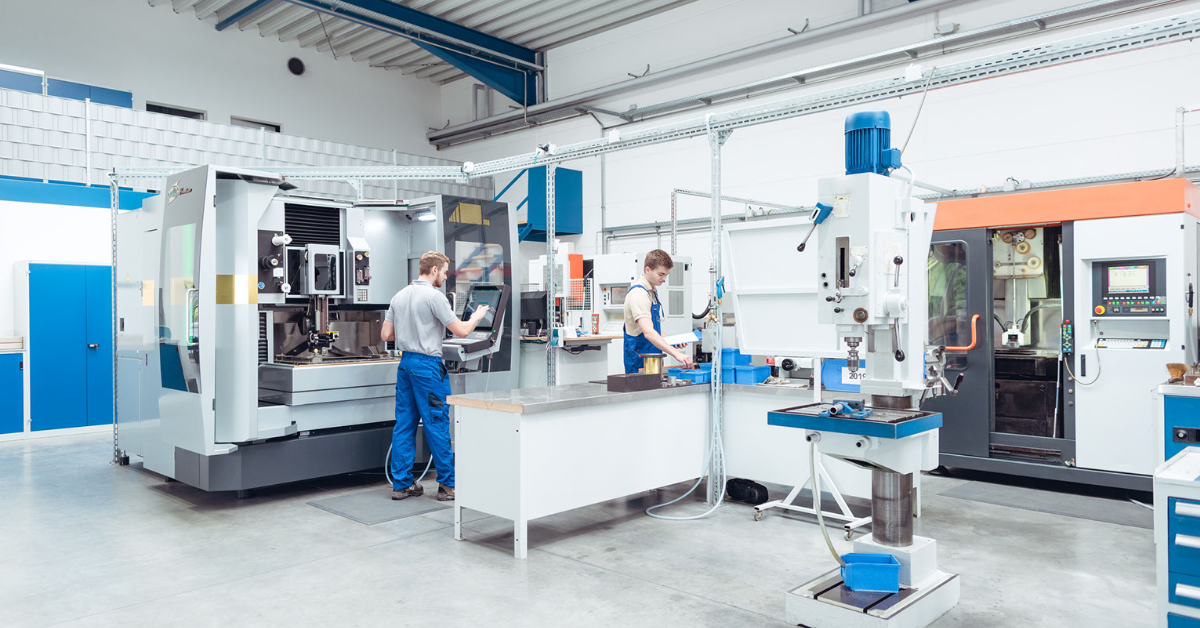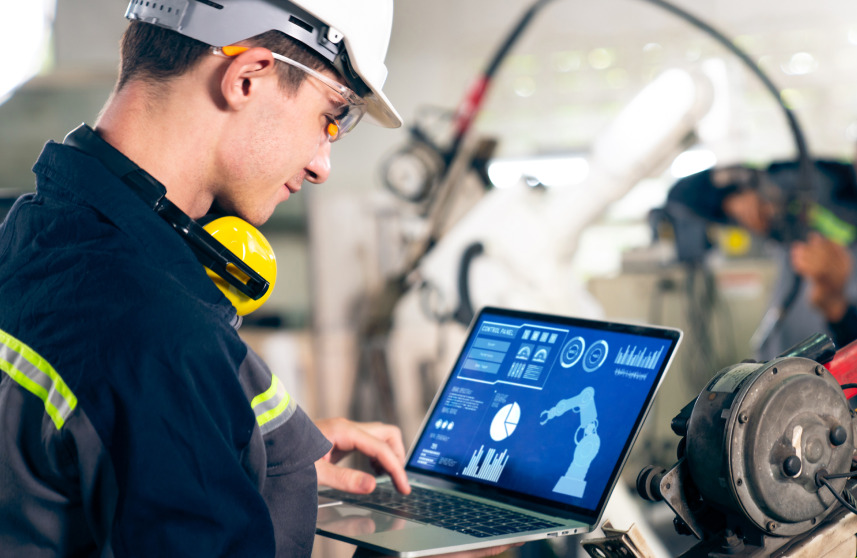Solution Highlights
- Built an AI-based object counter to detect and count products moving on a conveyor belt
- Wrapped our AI solution into a mobile-friendly application for better efficiency
- Helped the manufacturer prevent recounting and eliminate human error
- Reduced time spent on counting objects to a minimum
- Achieved almost 100% accuracy in the ML model we created

About the Project
Customer:
A US food producer (under NDA) reached us to Intelliarts regarding their counting automation project. The company wanted to reduce the time spent counting objects moving on a conveyor belt. To achieve this, they sought an innovative solution using AI to count objects with precision and efficiency.
Challenges & Project Goals:
In the production industry, everyday counting tasks are monotonous and time-consuming. So, our customer wanted to improve their operations by implementing computer vision. They aimed to count objects with computer vision to enhance efficiency and accuracy in their counting processes. Their goals were to spend less time counting goods moving on a conveyor belt, prevent double counting, and eliminate human error from this process.
Solution:
Using two neural networks and computer vision techniques, our data science team built an AI-powered solution for product counting automation. We wrapped the object counting AI solution into an application that was able to detect various products like milk, yogurt, and sour cream moving on a conveyor belt in a photo and count them.
Business Value Delivered:
The AI-powered object counting solution we built brought lots of value to the food producer. Now the company spends less time counting objects, and it has eliminated recounting almost completely. It also benefits from better efficiency and more automated processes, which also allows the workforce to focus on more challenging tasks instead of monotonous tasks.
Technology Solution
The deep learning solution we built allows the food producer to detect and count products in a photo automatically. Here is how the project progressed:
Investigation phase
- The partner provided us with examples of photos that they took for each counting template of their counting application. Overall, we received around 100 pictures for each of the templates.
- Our data scientists started with the classification task aiming at reducing the time spent on choosing the counting template. Right from the start, we understood that a more traditional ML-based approach wasn’t suitable here because the solution required the manual selection of counting templates, which risked more time spent on choosing templates. Besides, the accuracy could suffer if we grouped objects based on self-similarities, such as geometry.
- A deep learning approach seemed more promising to us here so we built the solution using neural networks to allow the system to decide which counting templates to use automatically. In addition, object counting using deep learning enables the model to learn from data and improve its performance over time. On top of this, creating an object detection algorithm based on deep learning should help us increase the accuracy of counting.
Implementation phase
- The Intelliarts team began with image classification training to help the system analyze the input image and return a label for image categorization. In this case, we chose a pre-trained MobileNet_v2 network, which was lightweight, fast, and accurate. The team trained this algorithm with around 100 images and the 10 most used counting templates. To enhance the system’s capabilities, we implemented AI to count objects in image, ensuring accurate identification and counting. After fine-tuning the network for a few iterations, the Intelliarts team achieved over 90% accuracy in the ML model results.

- We then moved to object detection training, which should help the solution decide whether a particular class existed in the image. Here we chose between two models, a pre-trained FasterRCNN network and YOLOv5. Although the second one is more popular, it’s still not a one-fits-all, and the algorithm showed worse results on test images as compared to FasterRCNN. In particular, YOLOv5 produced less accurate results for smaller objects located close to each other.
- Eventually, we opted for FasterRCNN, but we also improved our results by adding a few business logic filters, including confidence for objects with more than 80% of confidence; size to leave out the objects that were too big or small as compared to others; and overlapping to leave out the objects with overlapping for more than 30%.

Business Outcomes
The food producer was completely satisfied with the results provided by the solution as well as its high precision and the extra value we delivered by creating an API for this counting object solution. In particular, the project benefited the customer with:
- A breakthrough automation solution, which was composed of two neural networks and computer vision techniques combined for better efficiency
- High accuracy of the AI-powered solution, which helped the customer count products on a conveyor belt with better precision and remove human error
- Reduced time spent on counting goods and especially recounting
- A mobile-friendly application that allowed employees to send a photo and, when it was returned, receive a counting template, the image with detected goods on a conveyor belt, and the number of goods



